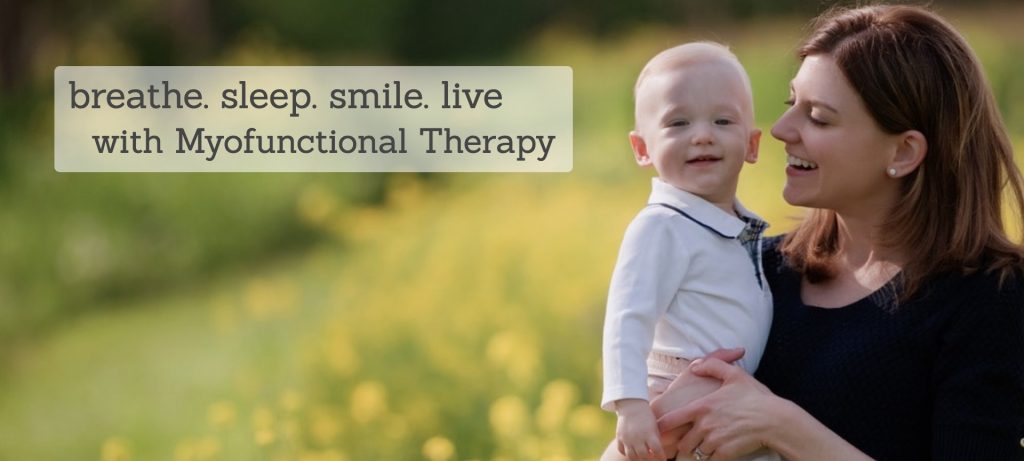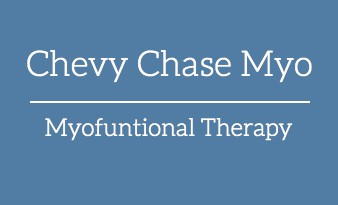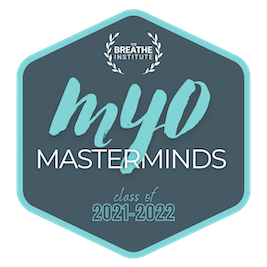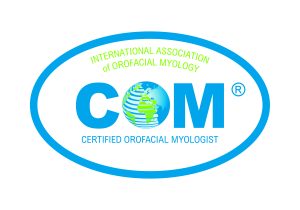

What is OMD
An orofacial myofunctional disorder (OMD) is a behavior or habit that results in improper function which can create issues such as a deviation in lip, jaw, or tongue position during speech, swallowing, and while at rest.

Symptoms
Some Symptoms include: Speech distortion (particularly a frontal lisp), open mouth positioning, sleep disorders, and malocclusion (improper bite patterns)

Treatment
Treatment is individualized and focuses on tongue and facial resting postures, swallowing, and speech articulation. The best outcomes are achieved when prescribed exercises are practiced every day.
If you’re experiencing any of these symptoms,
Myofunctional Therapy may benefit you!
Oral Habits (Thumb/Pacifier)
Poor Posture
Mouth Breathing
Poor Sleep / Snoring / Sleep Apnea
Headaches
Orthodontic Relapse
Tongue Thrust
Tongue Tie
Digestive issues
Difficulty swallowing / Selective diet
Speech Problems
Temporomandibular (TMJ) Pain
Grinding
Call today for a free Zoom Consultation!

What is Myofunctional Therapy?
Orofacial Myofunctional therapy (OMT) retrains the muscles of the face and mouth to eliminate behaviors and habits that cause structural and functional issues. We call these behaviors Orofacial Myofunctional Disorders (OMDs). Some signs of OMDs include but are not limited to tongue tie, tongue thrust, mouth breathing, difficulty breast feeding, drooling, speech issues, malocclusion (improper bite), snoring, dark circles under the eyes and ADHD. Myofunctional Therapists work collaboratively with other specialists including Dentists, Orthodontists, Osteopaths, Chiropractors, Pediatricians, ENTs, Physical Therapists, Speech Language Pathologists and any other specialist that might contribute to the interdisciplinary approach for treatment to achieve the goal of ideal health
What is a Tongue Thrust?
A Tongue Thrust is an abnormal swallowing pattern that developed in response to structural issues or as a result of habits such as thumb sucking. Tongue thrusts can involve the tip of the tongue protruding forward over the front teeth or the tip and/or sides of the tongue pushing or spreading between the teeth. The force of the tongue muscle against the teeth can cause alignment issues, excessive overjet, and orthodontic relapse.
Babies have an infantile thrust and as they grow, they develop motor skills and oral muscles through breast feeding, chewing foods and drinking from real cups (not sippy cups). By age 6-7, children should have developed an adult swallow pattern.
During a healthy swallow, the tip of the tongue elevates to “the spot” on the roof of the mouth located behind the front teeth. The rest of the tongue raises up against the roof of the mouth in a wave like pattern as the swallow progresses. The lips should remain sealed with the teeth lightly touching. An ideal swallow is the “silent-swallow” – you can’t really see it or hear it. The lip muscles, chin and muscles of the neck should be calm and uninvolved.
About Tongue Tie
The tongue’s natural resting position is on the palate, also known as the roof of the mouth. The tongue serves as a guide for the proper growth of the palate (maxilla) and the face. With each proper swallow of food, water and saliva, the forces of the tongue muscles form the shape of the palate. A tongue tie restricts the tongue’s ability to reach the top of the mouth. As a result, the palate develops in a narrow “V shaped” pattern instead of a wide “U shaped” pattern. Narrow arch development contributes to crowding of the teeth as well as breathing issues. The lower jaw tends to follow the lead of the upper jaw – so the tongue tie will result in crowding for the lower teeth as well. Additionally, the sides of your tongue might present with a “scalloped” appearance from the teeth. This is an indicator that the tongue is too large and cannot rest comfortably on the palate (or roof of the mouth). With this, the airway can become restricted, due to the tongue being forced down and to the back of the throat instead of resting high on the palate. This sequence increases the risk of sleep disordered breathing, which leads to a pandora’s box of health issues.
Thumb, Digit, and Object Sucking
Habits are hard to break, but the results are worth it! A thumb habit or any other “non- nutritive” sucking habit (any sucking activity that does not provide nutrition) can have a negative impact on growth and development. Some of these impacts can be a malocclusion (an improper bite), crowded teeth, a tongue thrust swallow pattern, airway issues, high narrow palate, snoring, poor sleep, dark circles under the eyes and ADHD. Habitual sucking can also lead to dysfunctional muscle patterns of the face and mouth.
The altered bite and tongue pattern also contribute to speech issues such as a lisp or difficulty articulating sounds. I will refer patients with speech issues to a Speech Language Pathologist as Speech Therapy is not in my abilities or licensure.
About Me
Elizabeth Hafer RDH, COM®
Hi, I’m Elizabeth. I have been practicing as a Registered Dental Hygienist since 2002. I have focused the last 15 years of my career in a pediatric setting as I have especially enjoyed working with children and young adults. I love educating all of my patients and providing them with the tools to create healthy, lifelong oral hygiene habits.
Myofunctional Therapy Journey
I started my Myofunctional Therapy journey in 2019 after becoming passionate about the need to educate patients and parents about the significance of myofunctional disorders. Working with patients to tackle the challenge of eliminating unhealthy habits and creating an awareness with good oral posture is both exciting and rewarding.
More about Me
I am originally from Frederick, MD. After graduating with my bachelor’s degree in Dental Hygiene at West Liberty University in West Virginia, I returned home to Maryland, and I am now settled in Chevy Chase, MD with my husband, Greg, stepdaughter Cora and two sons Ryan and Luke. When not in the office, I enjoy spending time with family and being outdoors. Having completed my third Marine Corps Marathon in 2019, I am now training for my first triathlon coming up this summer!
My Credentials Include
West Liberty University, WV (2002) Bachelor’s in Dental Hygiene
AOMT (2019) Myofunctional Therapy Introductory Course
IAOM (2019) Ceritified Orofacial Myologist
MyoMentor program with Sarah K Hornsby (2019)
Member of American Dental Hygienists' Association (ADHA)
Member of Maryland Dental Hygienists' Association (MDHA)
Member of International Association of Orofacial Myology (IAOM)
Member of the International Association - Airway Hygienists (IAAH)
Hygiene license active in MD and DC
The Breathe Institute MyoMasterminds (2021-2022)
The Myo Method (2022)




